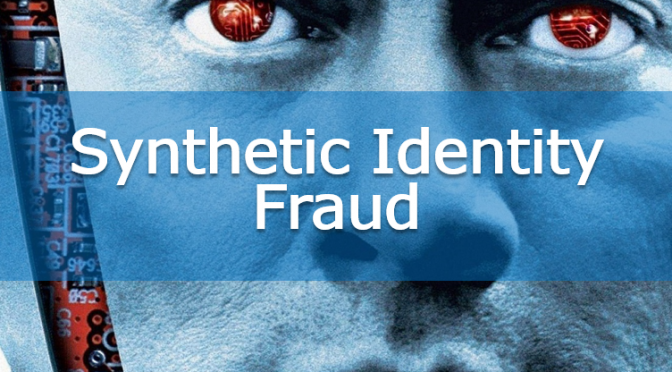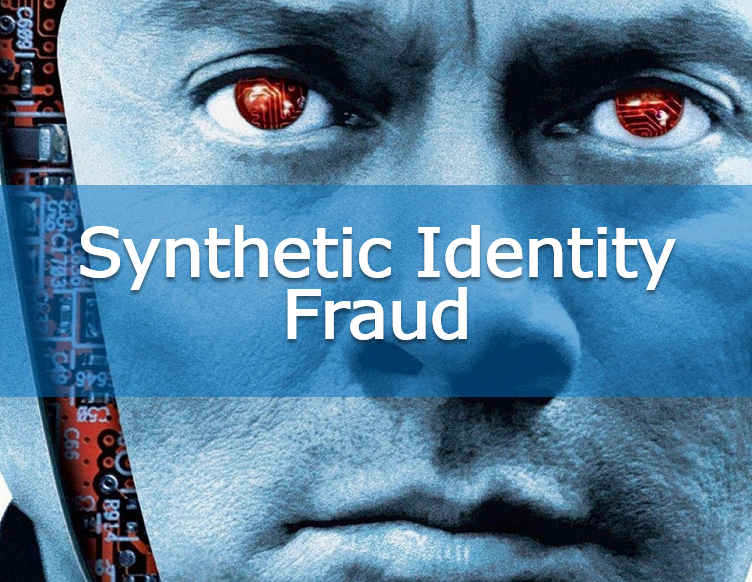Application Fraud: How Do Synthetic Identities Get Created?
Blog: Enterprise Decision Management Blog

In this continuation of my recent video interview with Jesse Gossman, — a police detective in South Florida, Certified Fraud Examiner, and president of the counter-fraud consulting group Bottom Line Fraud — we discuss how synthetic identity fraud is perpetrated, how the synthetic identities are created, and why they look so real.
He shares how fraudsters game the system. In countries with no true national identifier – such as the United States – fraudsters take advantage of the fact that the Social Security Administration does not have direct communication with credit bureaus. They create false records (synthetic identities) at the bureau, for example, through credit applications they know will be denied by using false, stolen, true, or borrowed information. Then they can enhance their credit ratings through products such as secured cards or renting out and piggybacking off authorized user tradelines to get a boost from someone else’s credit score.
In a fascinating case study, Detective Gossman shares how he has seen a collusive merchant actually back-date credit histories, a process that was discovered during a case where the credit history of the synthetic Social Security Number went back to 2000, but the format of the SSN made clear it could not have been until after 2011.
If you liked this video, stay tuned for the final installment on synthetic identify fraud soon. And for more information on application fraud and how to fight it, check out the posts in my series.Trends in Application Fraud – From Identity Theft to First-Party FraudBest Practices in Establishing Your Fraud Risk Appetite
ELI5: How Does the Dark Web Work?
What Data Do I Need to Fight Application Fraud?
Best Practices in Fraud Management: Q&A with Bob Shiflet
Preventing Application Fraud with Machine Learning and AI
4 Success Factors for Machine Learning in Fraud Detection
Application Fraud: The Role of AI and Machine Learning
How To Fight Identity Fraud: Q&A with Andy Procter
#syntheticidentityfraud #syntheticidentities #applicationfraud
If you liked this video, stay tuned for the final installment in this video series on synthetic identify fraud. And for more information on application fraud and how to fight it, check out the posts in my series.
Trends in Application Fraud – From Identity Theft to First-Party Fraud
Best Practices in Establishing Your Fraud Risk Appetite
ELI5: How Does the Dark Web Work?
What Data Do I Need to Fight Application Fraud?
Best Practices in Fraud Management: Q&A with Bob Shiflet
Preventing Application Fraud with Machine Learning and AI
4 Success Factors for Machine Learning in Fraud Detection
Application Fraud: The Role of AI and Machine Learning
How To Fight Identity Fraud: Q&A with Andy Procter
Synthetic Identity Fraud: Interview with a Detective (Video)
#syntheticidentities #syntheticidentityfraud
The post Application Fraud: How Do Synthetic Identities Get Created? appeared first on FICO.
Leave a Comment
You must be logged in to post a comment.








